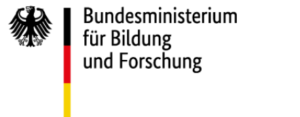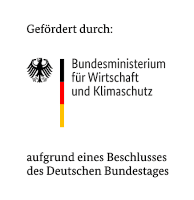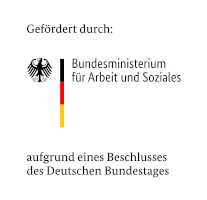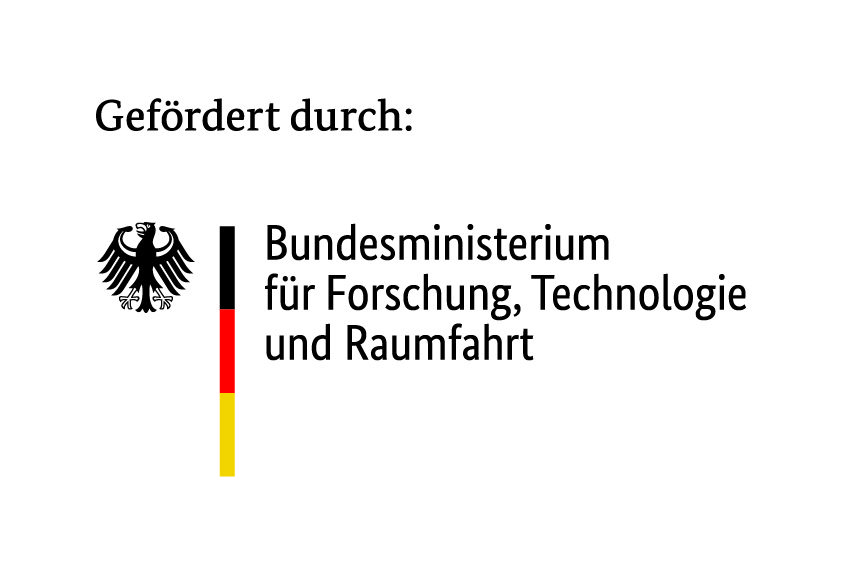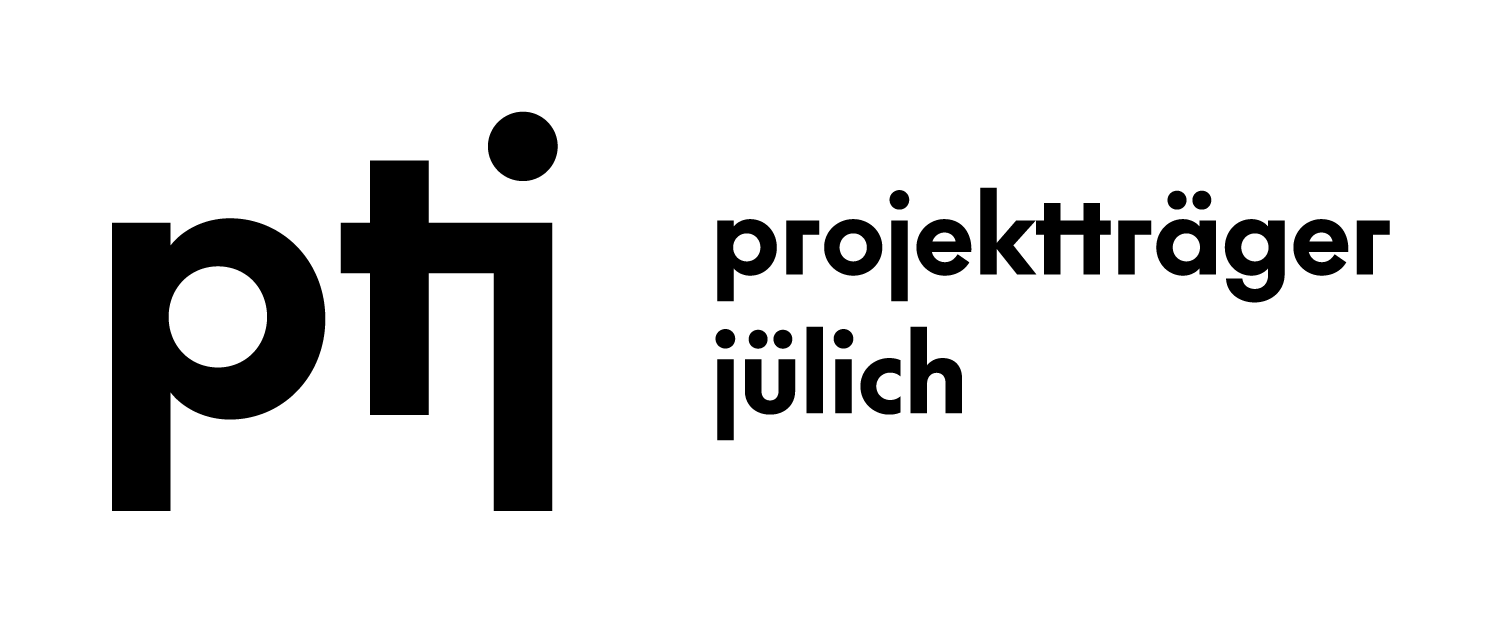- General economic developments are dampening mood in composites industry
- Future expectations are optimistic
- Investment climate has remained stable
- Varying expectations for application industries
- Growth drivers have remained unchanged
- Composites Index is pointing in different directions
This is the 20th time that Composites Germany (www.composites-germany.de) has identified the latest performance indicators for the fibre-reinforced plastics market. The survey covered all the member companies of the umbrella organisations of Composites Germany: AVK and Composites United, as well as the associated partner VDMA.
As before, to ensure a smooth comparison with previous surveys, the questions in this half-yearly survey have been left unchanged. Once again, the data obtained in the survey is largely qualitative and relates to current and future developments in the market.
General economic developments are dampening mood in composite industry
Like all industries, the composite industry has been affected by strong negative forces in recent years. The main challenges over the last few years have been the Covid pandemic, a shortage of semiconductors, supply chain problems and a sharp rise in the price of raw materials. Furthermore, there have been numerous isolated effects that added to the pressure on the industry.
The main challenges during the past year were primarily a steep increase in energy and fuel prices and the cost of logistics. In addition, the war in Ukraine put a further strain on supply chains that had already been weakened.
Overall, the stock market prices for both electricity and petroleum products are currently showing a clear downward trend. However, the significantly lower prices have not yet percolated from manufacturers and buyers to the end customer.
The aforementioned effects have further dampened the mood in the composites industry. The index assessing the current general business situation in Germany and Europe has dropped even further than before. However, the assessment of the global situation is somewhat more positive.
Despite this generally negative assessment of the current situation, companies are moving in a somewhat more positive direction in the assessment of their own business situations. The companies that were surveyed rated their own positions more positively than in the last survey.
Future expectations are optimistic
The expectations on future market developments are showing a very positive picture. After a significant drop in the last survey, the indicators for the general business situation are now displaying a clear upward trend again. Moreover, respondents were far more optimistic about their own companies’ future prospects.
Investment climate remaining stable
The investment climate has remained at a stable level. Nearly half of the companies surveyed are planning to employ new staff over the next six months. As before, about 70% of respondents are either considering or planning machine investments. Unlike in the previous survey, this value has remained almost unchanged.
Varying expectations for application industries
The composites market is highly heterogeneous in terms of both materials and applications. In the survey, respondents were asked to assess the market developments of different core areas. Expectations turned out to be extremely diverse.
The most important application segment for composites is the transport sector. The number of new registrations of passenger cars has been declining in recent years. This is where we can see OEMs moving away from volume models and opting for more profitable mid-range and premium segments. In this year’s survey, this shows itself in relatively cautious expectations for this segment.
The currently rather pessimistic outlook for the construction industry is leading companies to expect major slumps in this sector, in particular. The building sector, in particular, often reacts rather slowly to short-term economic fluctuations and has long been relatively robust towards the aforementioned crises. Now, however, it seems that this area, too, is being affected by negative influences.
The pessimistic outlook on the sports and leisure sector can be explained by a rather pessimistic view of consumer behaviour.
Expectations about future market developments, on the other hand, are significantly more positive than the figures presented here might suggest.
Growth drivers still stable
As before, the current survey shows Germany, Europe and Asia as the global regions expected to deliver the most important growth stimuli for the composites segment, with Europe playing a key role for many of the respondents.
Where materials are concerned, we are seeing a continuation of the ongoing paradigm shift. Whereas, in the first 13 surveys, respondents always believed that the composites segment would receive its prevailing growth stimuli from CRP, there is now an almost universal expectation that the most important stimuli will be coming from GRP or from all the materials.
Composites Index points in different directions
Despite the many negative influences that have occurred recently, composites appear to be in good shape for the future. Thanks to excellent market developments in 2021, they have almost reached their pre-pandemic level. The outlook for market developments in 2022 have not been finalised but are showing a less positive trend for last year.
Nevertheless, there are many indications to suggest that the generally positive development of the composite industry over the last few years is set to continue. In the medium term, structural changes in the transport sector will open up opportunities for composites to gain a new foothold in new applications. Major opportunities can be seen in areas of construction and infrastructure. Despite the rather weak market situation, these areas offer enormous opportunities for composites, due to their unique properties which predestine them for long-term use. The main assets of these materials are their durability, their almost maintenance-free use, their potential for use in lightweight construction and their positive impact on sustainability. Furthermore, one major growth driver is likely to be the wind industry, provided that it meets the politically self-imposed targets for the share of renewable energies in power consumption.
Overall, the Composites Index shows a restrained assessment of the current situation, whereas the assessment of the future situation is clearly positive. Respondents are apparently optimistic about the future, reflecting the assessment mentioned above: Composites have been used in industry and in serial production for several decades and, despite numerous challenges, they are set to provide immense potential for exploring new areas of application.
Download press release on the 20th Composites Market Survey incl. images
The next Composites Market Survey will be published in July 2023.
Press contact:
Composites Germany, Dr. Elmar Witten
Phone: +49 69 92933 401, email: elmar.witten@composites-germany.org
About Composites Germany
With their trade association “Composites Germany”, the three strong organizations in the German lightweight / fiber composite industry want to strengthen the German composite industry particularly in the field of research, determine common positions and take overlapping interests into account.
AVK- Federation of Reinforced Plastics e. V., Composites United and VDMA Working Group Hybrid Lightweight Technologies in the VDMA are bundling their powers to further the future oriented themes high performance composites and automated production technology which are particularly relevant in Germany.
Further information available at: http://www.composites-germany.org


